Introduction
As a loving dog parent, you want the best for your furry companion. Whether you’re heading out for a daily walk, training, or an adventure, choosing the right gear is essential. A well-fitted harness isn’t just a stylish accessory—it’s a game-changer for your dog’s comfort, safety, and overall well-being. Let’s dive into why a properly fitted harness matters and how it can transform your dog’s daily life.
The Importance of a Proper Fit

Comfort for Your Dog
A loose harness can cause chafing, while a tight one may restrict movement. The perfect fit ensures your dog can move freely without discomfort, making walks more enjoyable.
Preventing Escape
A poorly fitted harness increases the risk of your dog slipping out and running into danger. A snug fit ensures security while still allowing natural movement.
Safety First: How a Good Harness Protects Your Dog
Reducing Neck and Spine Injuries
Unlike collars, harnesses distribute pressure evenly across the chest and back rather than the neck, reducing the risk of choking and spinal injuries.
Better Control During Walks
A well-fitted harness gives you better control over your dog, especially if they tend to pull. It prevents sudden lunges, making walks safer for both of you.
Enhancing Training and Behavior
Minimizing Pulling
Harnesses discourage pulling by redirecting your dog’s movement without causing discomfort, making training easier and more effective.
Encouraging Positive Walking Habits
With a secure and comfortable fit, your dog will learn to walk beside you calmly, leading to a more pleasant experience for both of you.
The Right Harness for Different Dog Sizes and Breeds

Small Breeds: Lightweight and Comfortable
Smaller dogs need lightweight harnesses that don’t overwhelm their tiny frames but still provide enough support and security.
Large Breeds: Strong and Supportive
Larger dogs require durable harnesses that provide firm control without restricting their movement.
How to Measure Your Dog for a Perfect Fit
Step-by-Step Guide
-
Measure around your dog’s chest at its widest part.
-
Measure around the lower neck (not too high near the head).
-
Check the manufacturer’s size chart to choose the right fit.
-
Ensure a snug fit—allow two fingers’ width of space for comfort.
Signs That Your Dog’s Harness Doesn’t Fit Well
-
Chafing or redness on the skin
-
Excessive movement of the harness
-
Difficulty putting the harness on or taking it off
Common Harness Mistakes Dog Parents Make
Buying the Wrong Size
Many dog parents choose a harness based on their dog’s weight alone, but measuring is key for a proper fit.
Not Adjusting Straps Properly
Even if you have the right size, failing to adjust the straps correctly can make the harness ineffective.
Using the Wrong Type of Harness
There are different harness styles for different needs—front-clip for training, back-clip for casual walks, and dual-clip for versatility.
The Emotional Bond Between You and Your Dog
A comfortable, well-fitted harness leads to stress-free walks, strengthening the bond between you and your pup. When your dog feels safe and secure, they trust you more, making every walk a joyful experience.
Conclusion
A well-fitted harness is more than just an accessory—it’s an essential tool for your dog’s safety, comfort, and training. By ensuring the right fit, you’re giving your furry friend the best possible walking experience while strengthening your bond. Take the time to measure, adjust, and choose wisely—it’ll make all the difference in your dog’s daily adventures.
FAQs
How do I know if my dog’s harness fits correctly?
A good fit allows you to slide two fingers between the harness and your dog’s body without it being too loose or too tight.
Can a harness prevent my dog from pulling?
Yes! Certain harness designs, like front-clip harnesses, can discourage pulling and improve leash manners.
Should my dog wear a harness all the time?
No, a harness should be used during walks and outings but removed at home to prevent chafing and allow your dog’s skin to breathe.
What’s better for a puppy, a collar or a harness?
A harness is generally safer for puppies as it avoids pressure on their delicate necks and gives you better control during training.
How often should I check my dog’s harness fit?
Check the fit regularly, especially if your dog is growing or losing weight, to ensure continued comfort and security.


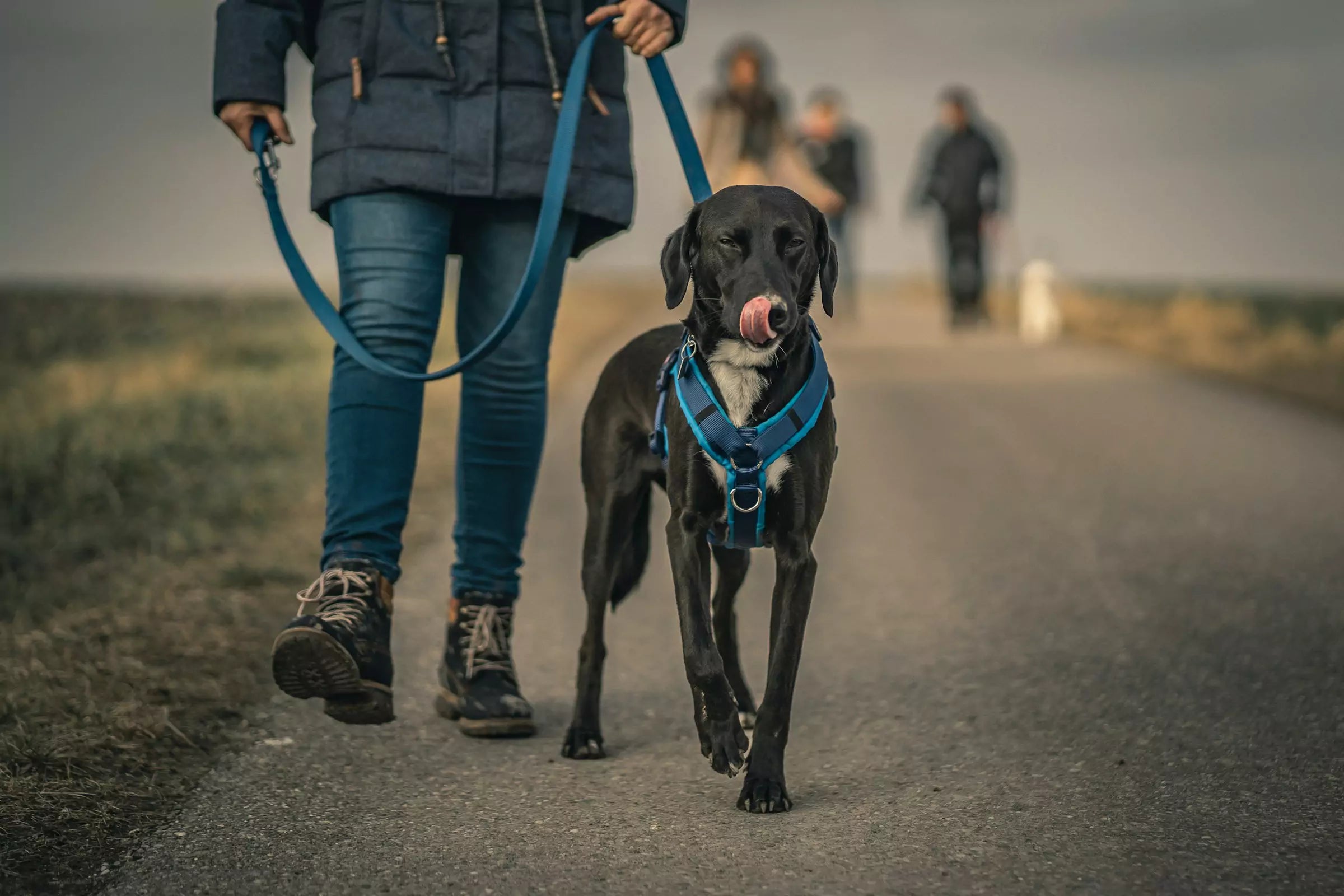
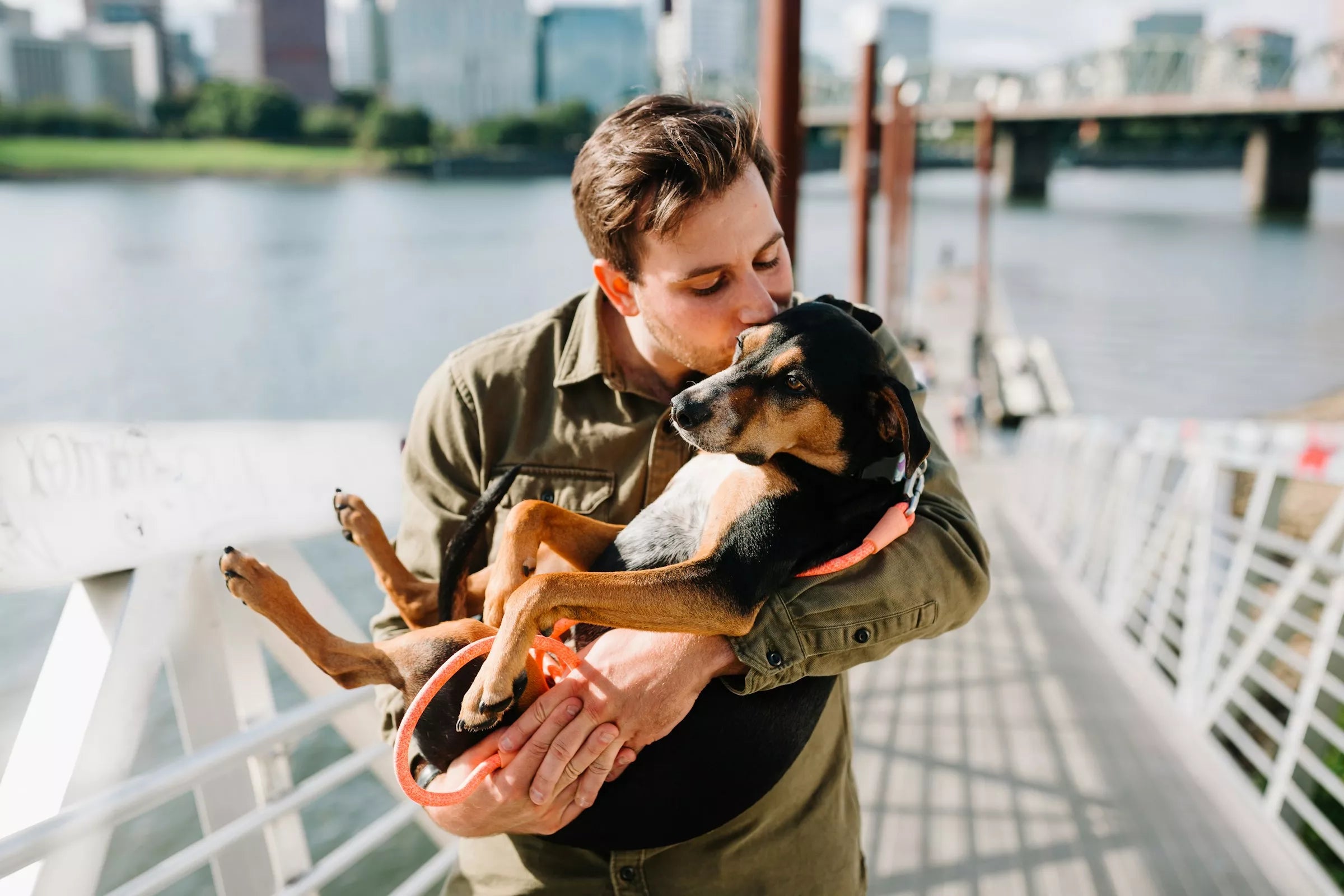
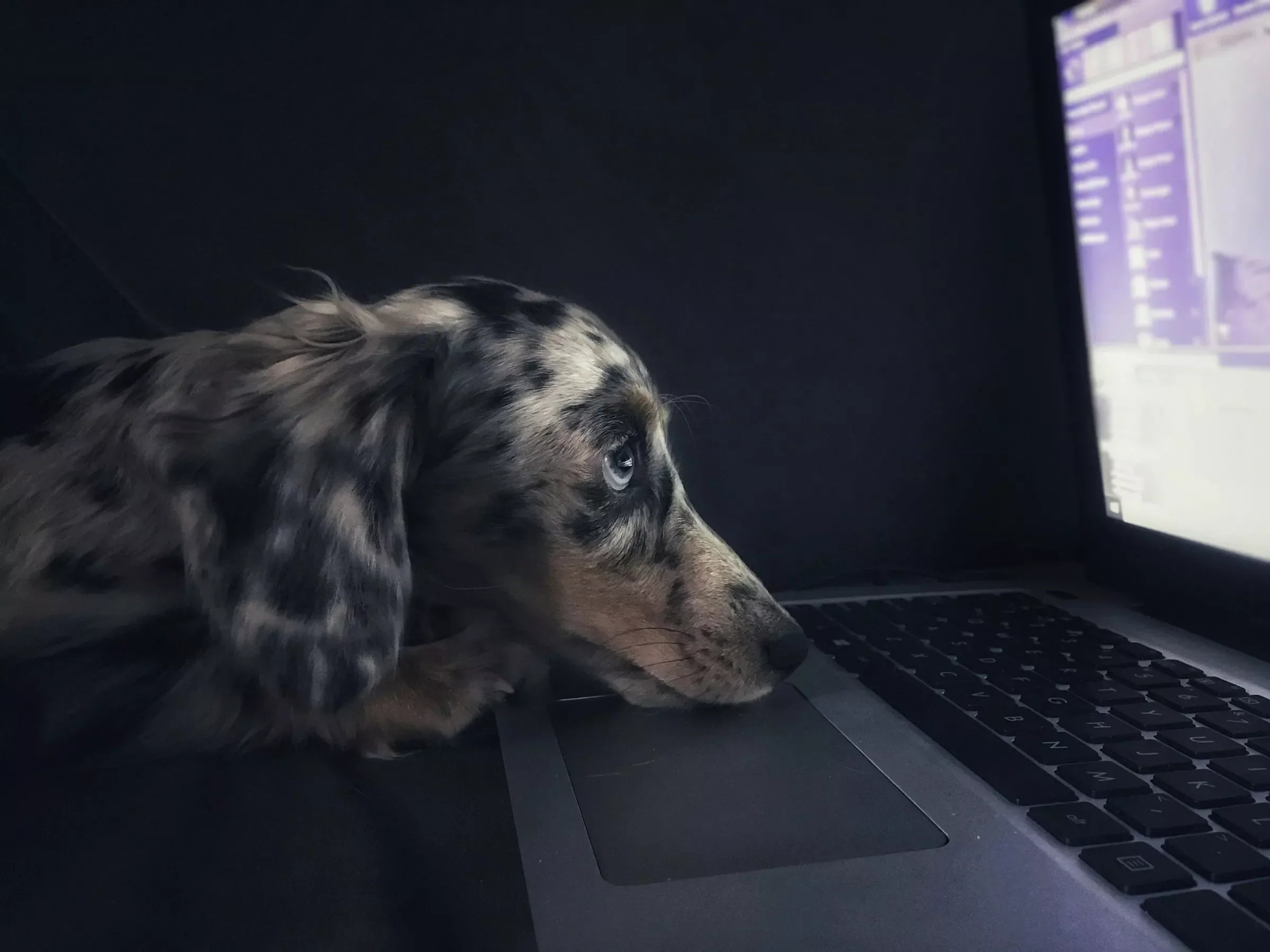

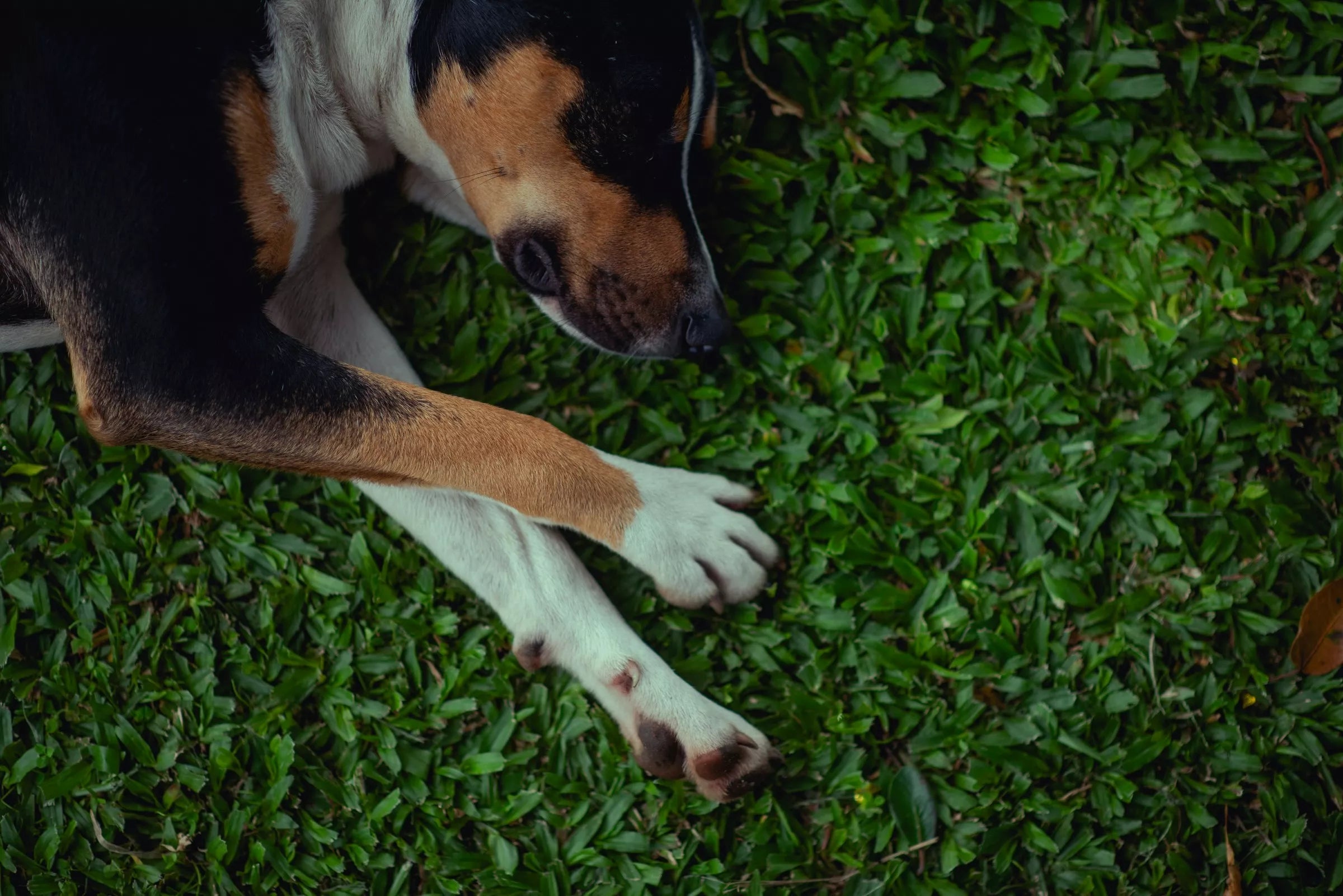
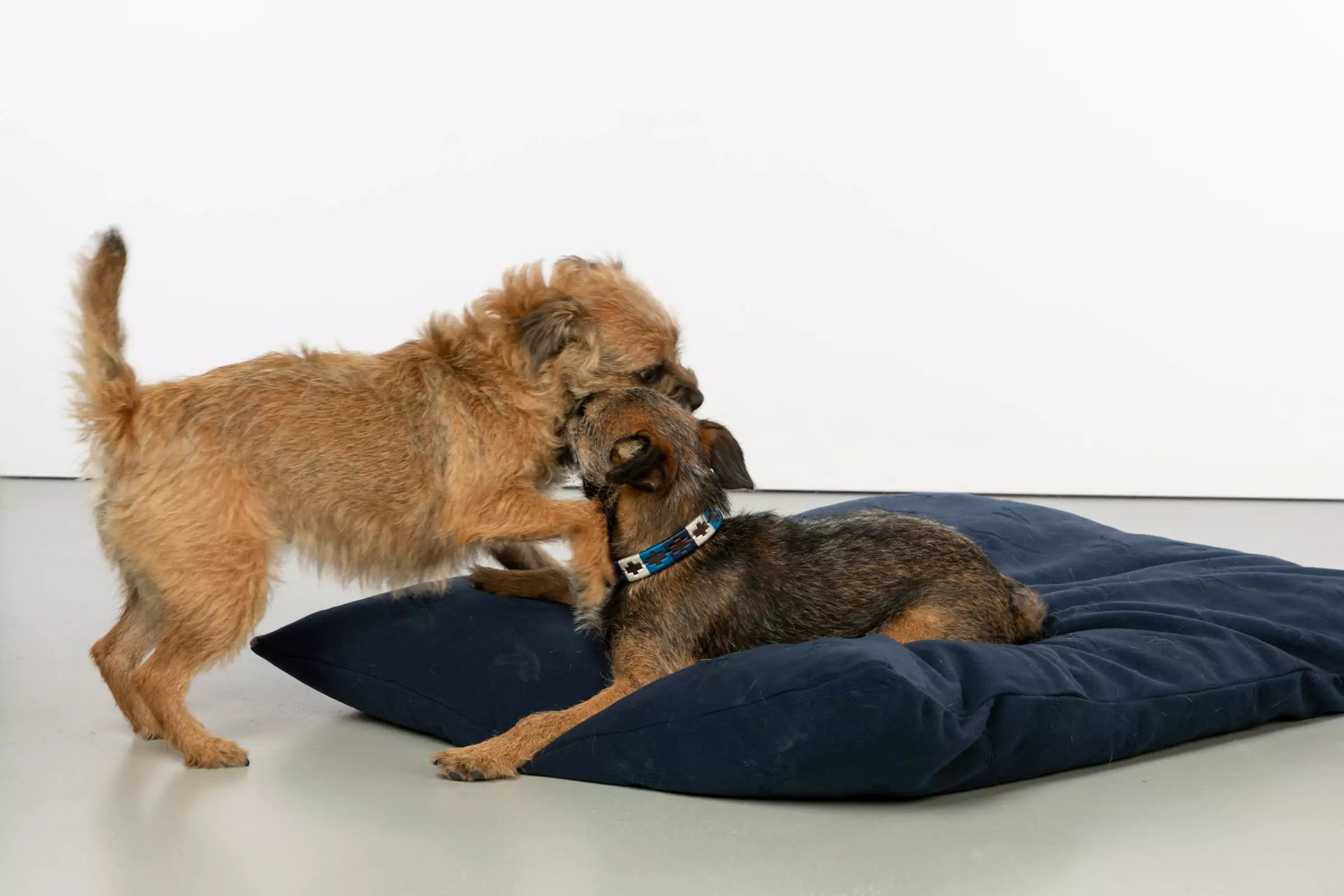
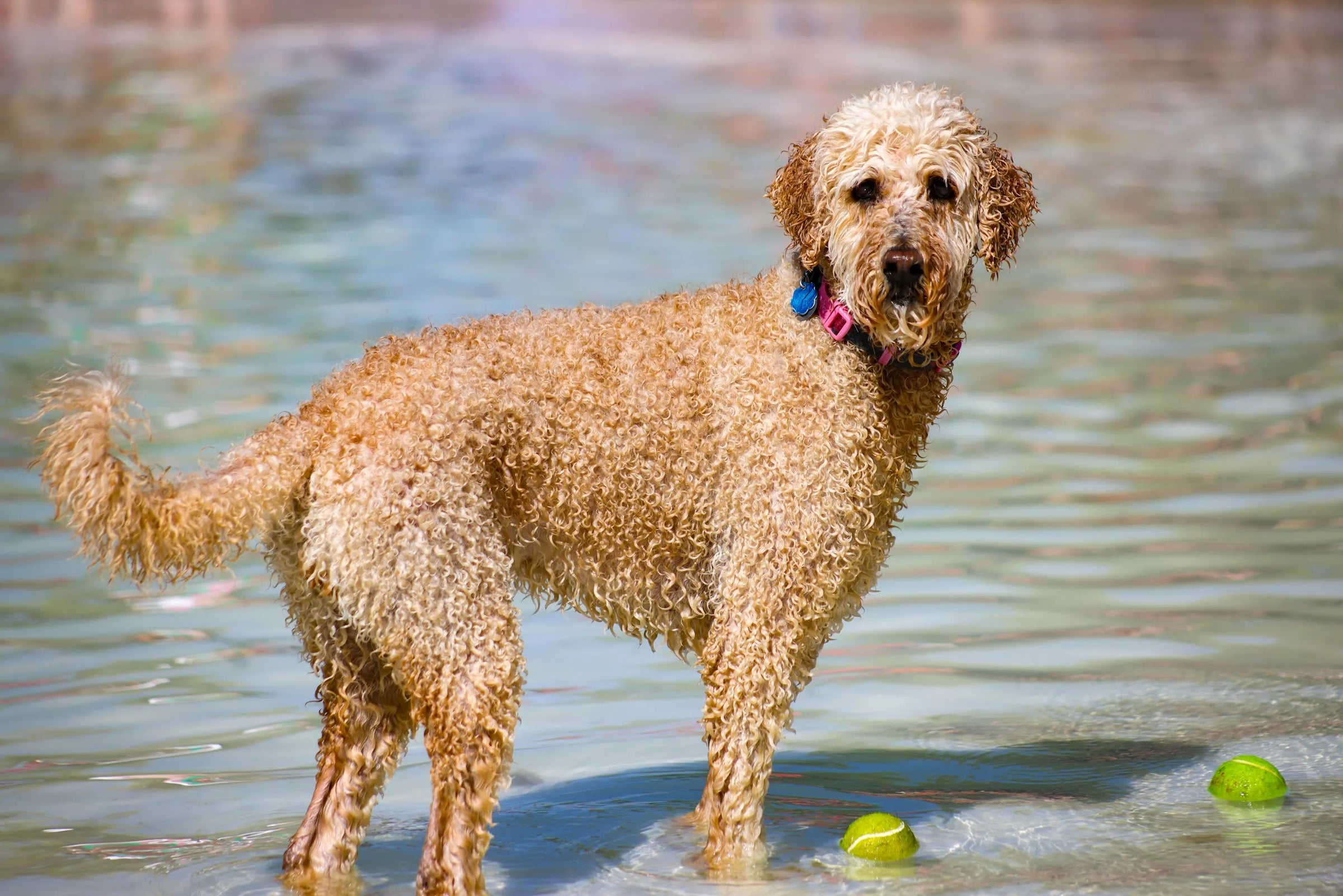






Share:
What to Do When My Dog Stops Eating?
Top 10 Most Popular Dog Breeds